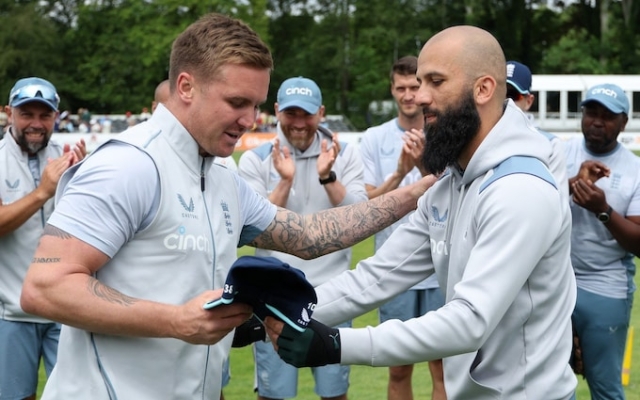 Jason Roy (left) has already signed with Major League Cricket and Moin Ali is also a target. Photo: Getty Images/Richard Heathcote
Jason Roy (left) has already signed with Major League Cricket and Moin Ali is also a target. Photo: Getty Images/Richard Heathcote
It's officially called Major League Cricket; perhaps a more appropriate name would be American IPL. Most of the owners are the same: four out of six teams have Indian Premier League owners.
Major League Cricket is a competition whose impact will be felt around the world, as England have already realized by signing Jason Roy. and Moen Ali is also approached.
According to the results of the game, it is already one of the five highest paid leagues in the world; The salary cap per side, £930,000, is just under £1m for The 100, even though Major League Cricket has one-third fewer games.
The first season of Major League Cricket kicks off July 13 in Grande Prairie, Texas. Professional cricket in the US has long existed more as an International Cricket Council fantasy than a reality. But after a number of leagues in question collapsed at the start, things are different this time around. More than 40 international players have been invited to the US to play in the tournament — Quinton de Kock, Henrich Nortier and Roy have already signed contracts, while Trent Boult and Sunil Narine are expected to be announced soon. Around £100m has already been committed to the league, with over half of that already invested.
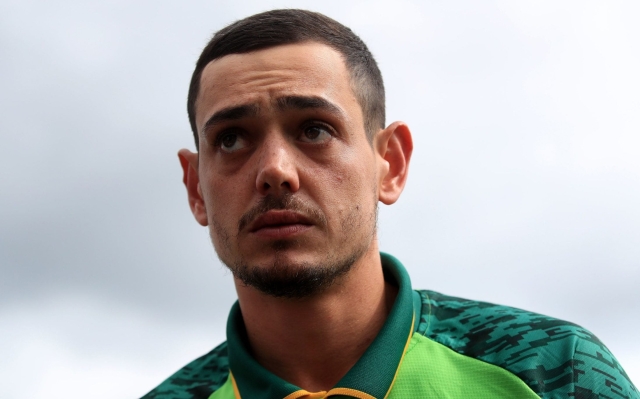 The signing of Quinton De Cock was a major success for Major League Cricket. from some of the most prominent figures in Silicon Valley, including Satya Nadella, a Microsoft CEO who is an investor in Major League Cricket and also co-owns the Seattle Orcas.
The signing of Quinton De Cock was a major success for Major League Cricket. from some of the most prominent figures in Silicon Valley, including Satya Nadella, a Microsoft CEO who is an investor in Major League Cricket and also co-owns the Seattle Orcas.
«He's a cricket fanatic and passionate about it,» says Tom Dunmore, vice president of marketing for Major League Cricket. “It is very convenient that he became an investor partner.”
Nadella, who first moved from India to the US to study computer science, epitomizes the importance of the South Asian diaspora to Major League Cricket. All six teams are either owned by IPL owners or partially owned by Indian-born businessmen. The South Asian diaspora is also central to Major League Cricket's belief that the competition will have a significant audience. There are currently 4.6 million Indian Americans in the US, up from 1.9 million in 2000; two-thirds of them were born in India.
This group tends to be highly educated and often very wealthy. The median household income of Indian Americans is twice the national average, making access to this group extremely attractive to advertisers. If demographics are destiny, then demographics may now be on the side of US cricket. «It's really changed the sport in the US over the past couple of decades — immigration from South Asia and elsewhere,» says Dunmore. «It provided a lot more support for the game.»
Whenever cricket is talked about in the US, it tends to be laughed at with the idea that cricket is usurping baseball as the national summer outdoor game. But the country's size and wealth is such that cricket doesn't need to usurp baseball as America's bat-and-ball game of choice for the US to become an important part of the global sports landscape. Indeed, even without Major League Cricket, this is already a strength, as the US is considered the fifth most profitable broadcast market for global events of the International Cricket Council, such as the World Cup.
This year's tournament will run for just 18 days, with six teams playing all of their matches in Dallas, with another venue expected to be in North Carolina. All six teams are building stadiums – typically with a planned capacity of around 10,000 – that will allow for home-and-away competitions. This would entail expanding the tournament from 19 games to around 34; More games are already planned next summer than this year.
Ultimately, the Major League hopes to expand beyond the existing six teams. “In the long term, there is room for expansion,” says Dunmore. «There are big cities with huge cricket-loving populations that don't have teams, but we want to do it carefully — build a league first.»
Conflict with the rest of the global calendar, already saturated, is inevitable. Playing in the summer in the northern hemisphere means that the competition in Major League Cricket is less fierce than in other newer leagues; the four major T20 leagues were played in tandem in January. While Major League Cricket hopes to minimize — or ideally avoid entirely — clashes with the 100, expanded competition will increase the difficulty for T20 Blast in signing top international players.
Yet, despite all the attention on Major League cricket, it's what lies underneath that matters. Most North American cricket ventures, such as the India-Pakistan ODI in Toronto in the 1990s or the all-star cricket matches between teams led by Sachin Tendulkar and Shane Warne in 2015, have focused on monetizing an already existing market.
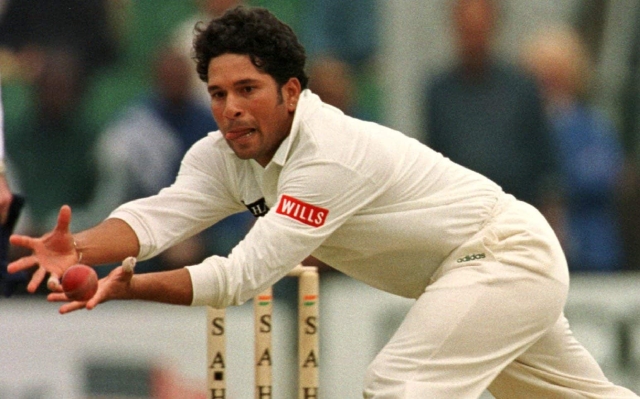 Sachin Tendulkar captained India in the Sahara Cup against Pakistan in Toronto in 1997. Photo: Reuters/Mike Blake
Sachin Tendulkar captained India in the Sahara Cup against Pakistan in Toronto in 1997. Photo: Reuters/Mike Blake
Through Minor League Cricket, a 26-team development league that launched in 2021, Major League Cricket is trying to build a sports infrastructure in the US. It's a difficult task: U.S. cricket management is so chaotic that one insider likens it to the «Wild West». The country is sorely lacking facilities of acceptable quality: it is believed that in the United States there are only 10 lawn gates. Major League Cricket's first ball is less than seven weeks away and the home broadcaster has yet to be confirmed.
So, investors should be sure of one thing: profit, if it comes, will not come soon. While this is true of all new sports leagues — even the IPL took until 2018 for all franchises to start making money reliably — there is more uncertainty in the US. But perhaps so are the possibilities, especially with the US co-hosting the T20 World Cup next year and growing optimism that cricket will be featured at the LA 2028 Olympics.
In many ways, this is a significant irony in relation to US attempts to imitate the IPL. Lalit Modi, co-founder of the IPL, modeled the competition on US sports leagues. Like the US leagues, the IPL has been set with a wage cap to ensure relative parity between teams and maintain a competitive balance, and has no promotions and relegations, which appeals to owners who hate uncertainty. And, like US leagues, the IPL was designed to be a fusion of sports and entertainment. In essence, the IPL marked the Americanization of Indian cricket. Now the circle is almost complete: the US is trying to learn from the IPL.














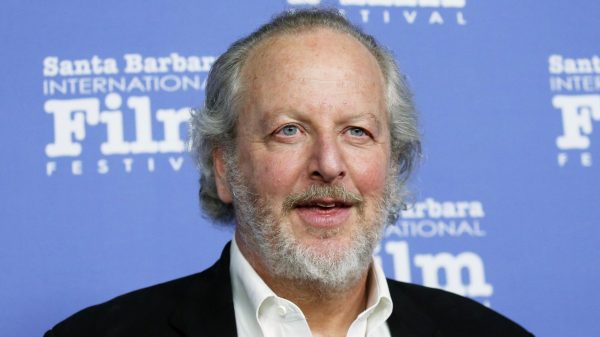
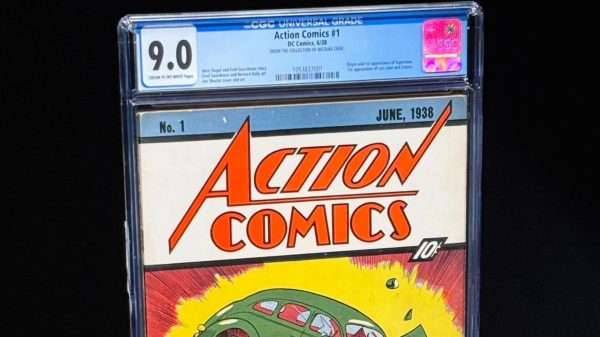
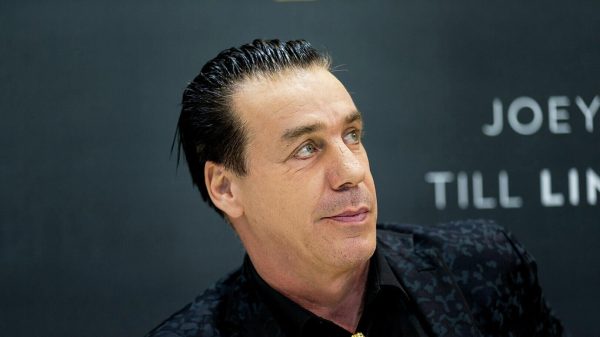









































Свежие комментарии